Portals of life: inside Australia’s rock pools

EXISTING ON THE edges of the land and the sea, life in a rock pool is intrinsically linked to the rhythmic rise and fall of the tides.
At high tide, these pools are simply part of the sea floor, exposed to marine predators, waves and strong currents. At low tide they become a collection of organisms sealed off to coexist in a temporary ecosystem.
Life here is harsh; nowhere else does an environment face such changing conditions, enduring the most drastic variations in temperature, salinity, and dissolved oxygen.
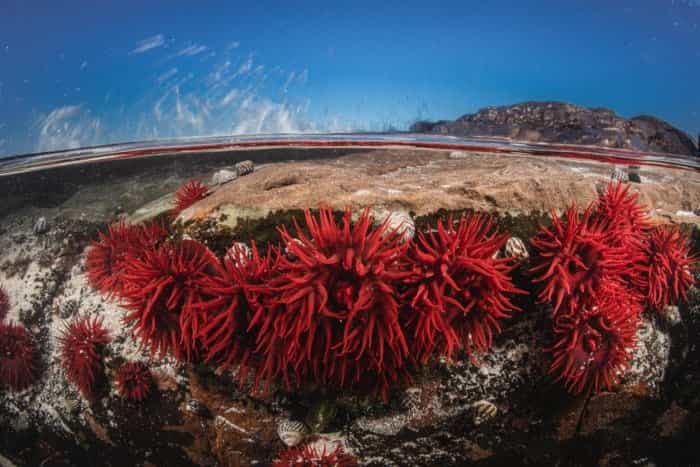
Eye catching waratah anemones are a common inhabitant of rock pools along southern Australia’s shores. They unfurl when submerged to feed. (Image credit: Alex Pike)
“Rockpool organisms have developed some remarkable ways of dealing with their extreme conditions,” Says Kai Paijmans, a marine ecologist from the University of Wollongong.
“Some fish, such as the rockpool goby (Bathygobius cocosensis) can survive with almost no oxygen by breathing through its fins as well as its gills, while the eastern jumping blenny (Lepidoblennius haplodactylus) can jump out of a hot pool and walk across the rock platforms to a cooler one.”
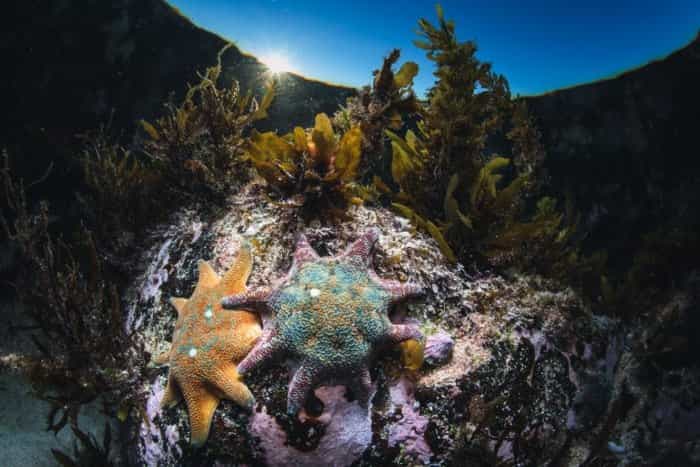
Carpet sea stars (Meridiastra calcar) are abundant in rock pools around Australia, coming in almost every colour imaginable. (Image credit: Alex Pike)
Although many rock pool residents may seem alien, these ecosystems do share similarities with life on land. For example, there are forests here. These forests aren’t made up of trees, grass and shrubs but rather many different aquatic macroalgae species, more commonly known as seaweed.
Marine algae is generally classified into three major groups.
Green algae, like the deliciously named sea lettuce or grass-like strap weed prefer shallow areas with plenty of light.
Neptunes necklace is a common brown algae, easily recognised for its bead-like ‘leaves’ that store water to prevent dehydration at low tide.
Red algae can grow at greater depths along the coastline, however in rock pools it generally carpets the walls with its filamentous stalks. This matrix of seaweed is crucial to the overall health of a rock pool ecosystem.
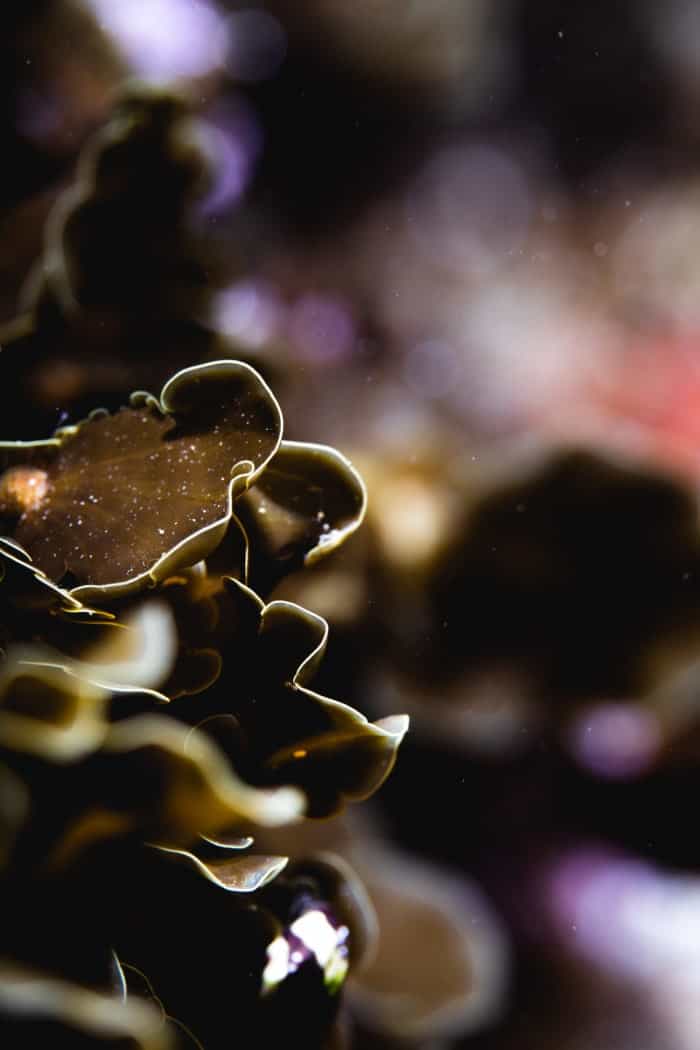
‘Leaves’ of brown algae covering a vertical wall in a rock pool. (Image credit: Alex Pike)
Smaller organisms such as shrimp and amphipods feed in the safety of these ‘forests’, while tiny fish swim through the canopy, hiding from predators until the tide returns to sweep them away.
The lattice of algae also provides these smaller organisms some much needed refuge from the harsh sunlight and, like trees do on land, converts carbon dioxide to oxygen, keeping the pools oxygenated at low tide.
The type and diversity of seaweed present in a pool will often determine which animals live there, as many rockpool organisms rely on one specific species for their food and shelter.
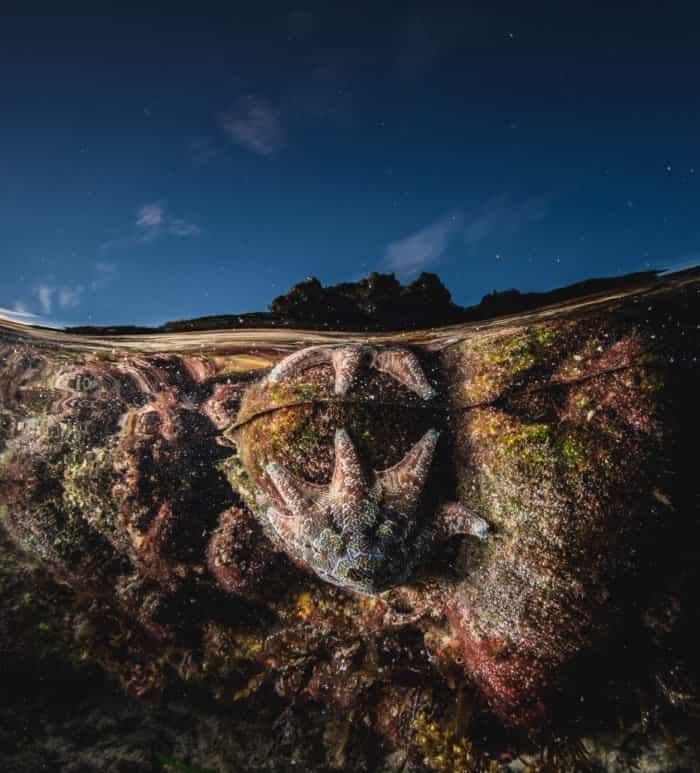
Carpet stars. (Image credit: Alex Pike)
Most animals that inhabit rock pools seem to live their lives in slow motion, their movements so subtle they’re almost imperceptible to our eyes.
If you were to speed up time, you’d see these creatures going about their business just like any other animal, making the most of the brief calmness that low tide brings.
Omnivorous cushion starfish (Meridiastra calcar) move around the pools feasting on red algae while predatory starfish such as Allostichaster polyplax relentlessly pursue their prey, turning their stomachs inside out over their victims to digest them externally.
Numerous colourful crab species scavenge what they can, scuttling up and down the shore with the changing waterline.
Anemones of different colours and sizes abound, moving around using a muscular foot at their base and unfurling to feed when submerged.
What’s most amazing about these little invertebrates is that they can reproduce asexually (by cloning) in a number of bizarre ways.
In some species an individual will begin crawling in opposite directions, eventually splitting in half to form two new adult anemones.
Some can break off small bits of their foot, each fragment forming a whole new anemone, while others brood their young internally, spitting them out of their mouth once they’re ready!
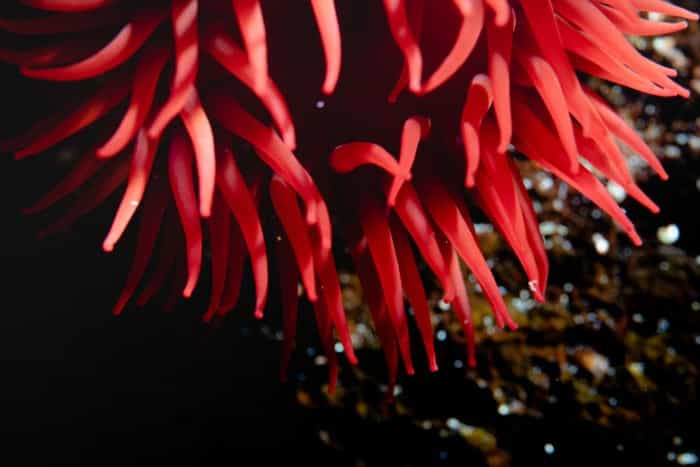
Anemones feed by capturing prey items in their stinging tentacles, consuming almost anything that they can ensnare. (Image credit: Alex Pike)
The sheer diversity of organisms living in just one rock pool is truly overwhelming.
So how can so many different animals exist together in such a tight place?
Kai says that ‘micro-habitats’ are key here, citing some of his research that focused on two different fish species who compete aggressively for space, while somehow coexisting in the same pool together.
“One species prefers vertical crevices and overhangs, while the other prefers to hide under pebbles at the bottom of the pool.” Says Kai, adding that “this is just one example, but it shows the importance of micro-habitat diversity as a key factor influencing the species that make up each rock pool.”
While rock pools provide habitat for organisms that live nowhere else, they are also important in the growth, development and reproduction of many marine species that live away from the rocky shore.
Plenty of coastal fish rely on rock pools for areas of growth as juveniles, seeking shelter from predators and waves until they grow large enough to fend for themselves off-shore.
Others use the rock pools as hunting grounds, reliant on the organisms that live there for a large portion of their diet.
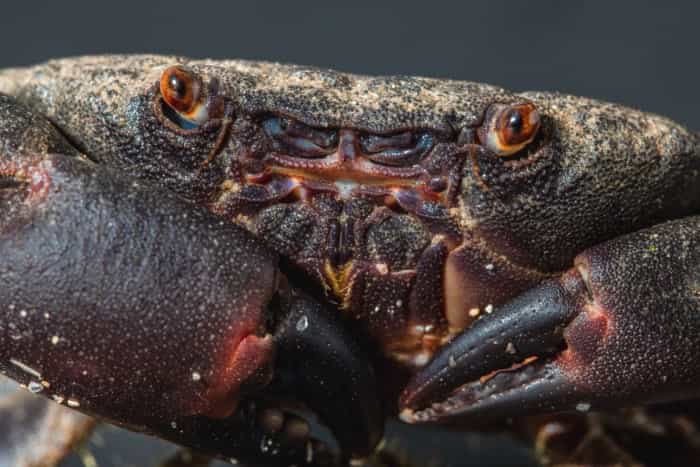
The reef crab (Ozius truncatus) is one of the many crab species that lives among rock pools, feeding on snails, limpets and other small invertebrates. (Image credit: Alex Pike)
The common sydney octopus (Octopus tetricus) is one such animal.
A revered predator in the intertidal zone, they emerge from their decorated lairs at dusk to stalk the rock platforms in search of prey.
Unique pigment cells called chromatophores facilitate their infamous colour changing abilities which, in combination with their elastic bodies, allows them to expertly mimic their surroundings.
Such adaptations are invaluable among the exposed rock pools of low tide, where they can camouflage within seconds to avoid predators or startle them with psychedelic colours and patterns should they be discovered.
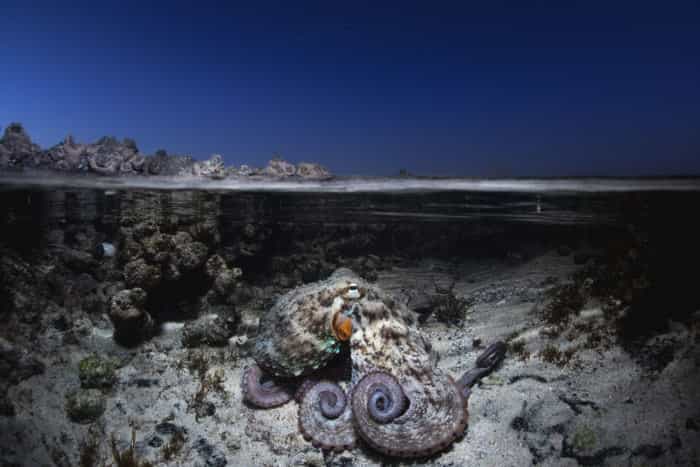
A common Sydney octopus (O.tetricus) hunts in the shallow pools of the intertidal zone as night sets in. (Image credit: Alex Pike)
When two octopuses meet, they will perform a dazzling and curious display, changing the colour and shape of their bodies with precise intent.
Octopuses live very private lives and as a result these interactions have always been shrouded in mystery, however recent research has uncovered some of their secrets. They are likely using these colour changes as a method of communication!
Peter Godfrey-Smith, a professor at the University of Sydney and author of the book Other Minds, has spent much of his time observing these interactions, trying to decipher what these colours and patterns may mean.
“Around Sydney, when I see octopus meeting each other the encounters tend to be aggressive or else a prelude to mating,” Says Peter. “When they intend to stay and fight, they go dark. Fleeing and non-aggressive octopus tend to be paler.”
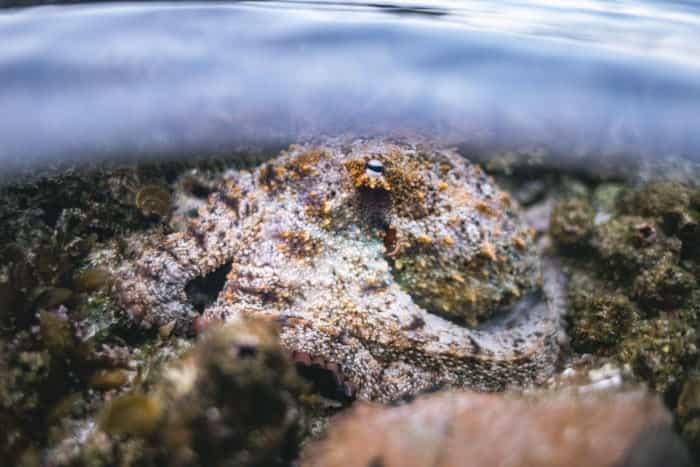
Locking eyes with an intelligent life form. These cephalopods use their colour changing abilities as a form of communication. (Image credit: Alex Pike)
While there are still large gaps in our knowledge of these curious cephalopods, these observations challenge the traditionally held notion that they are solitary non-social animals, only using their body patterns to avoid or startle predators.
In addition to the diverse array of marine life rock pools support, they are of particular interest from an ecological research and education perspective as well. They act as mini ‘dioramas’ of larger ecosystems, and due to their accessibility and small size, provide a ‘natural laboratory’ where an entire ecosystem can be studied with ease.
“Because [they] come in many different shapes and sizes, they allow researchers to understand how different habitats shape marine communities,” Kai says.
“It’s just as important to research rock pools as it is other marine environments.”
Despite all of this, they still seem to be overstepped by many who live on the Australian coastline, especially when it comes to discussions of conservation.
While they seem small compared to the large coral reefs or arctic seas, rock pool ecosystems are an important, fascinating and delicate habitat that deserve our attention.
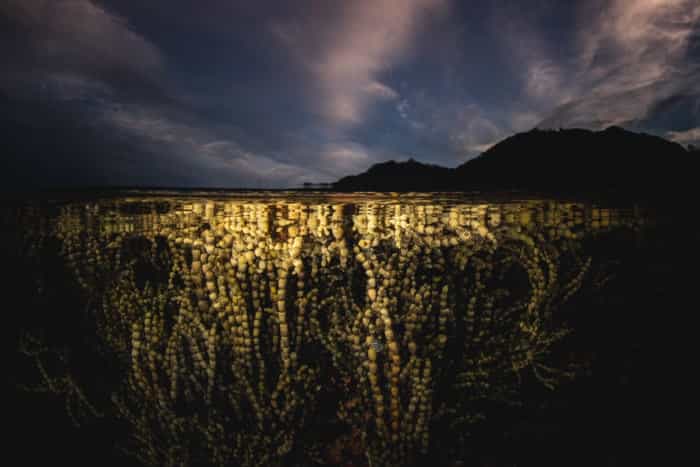
Neptune’s necklace is a common brown algae in rock pools. (Image credit; Alex Pike)

